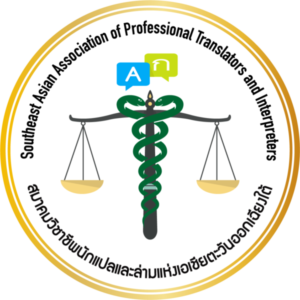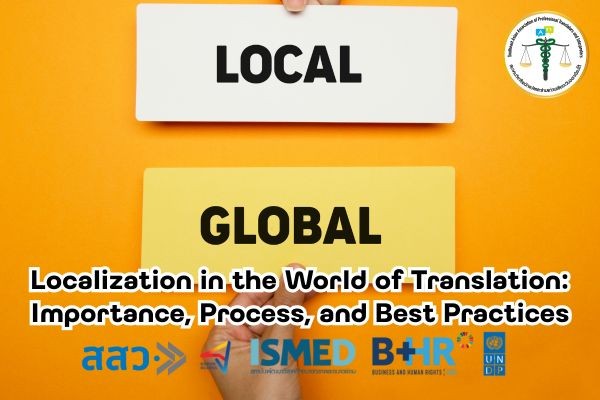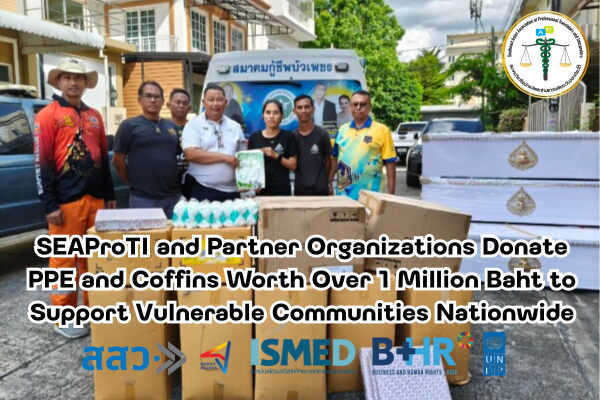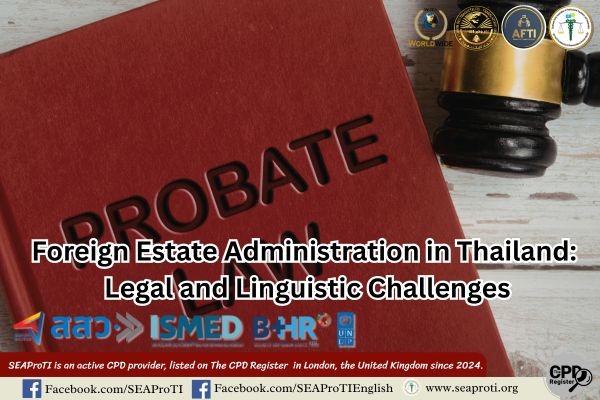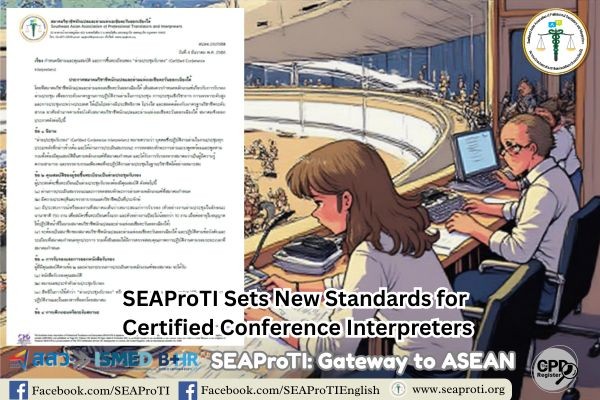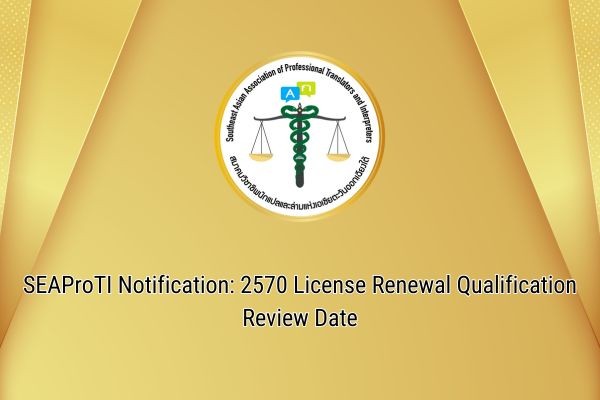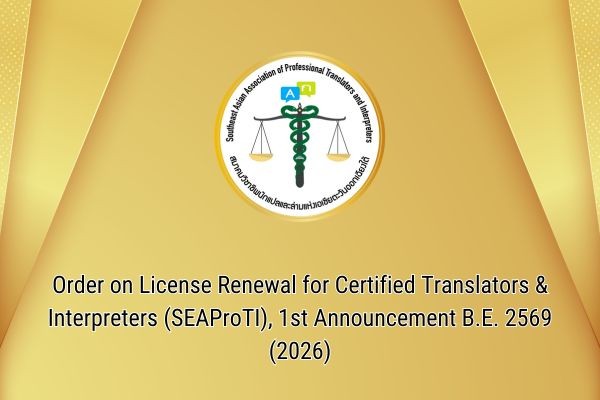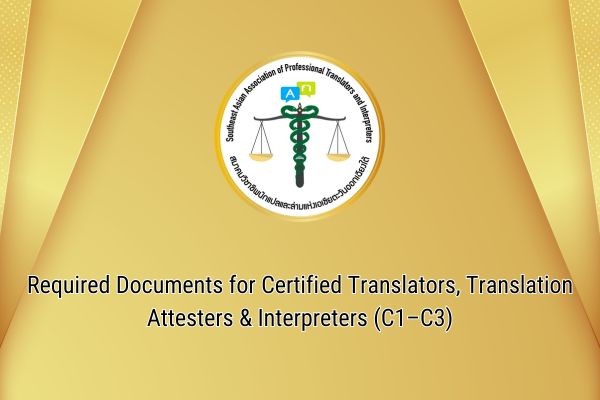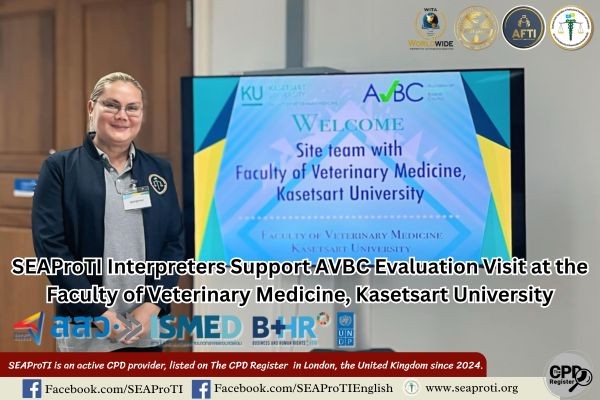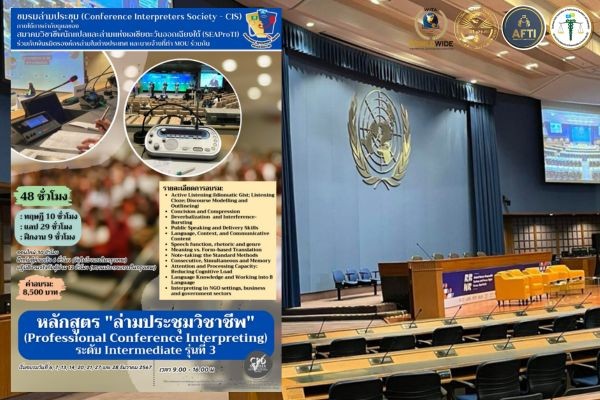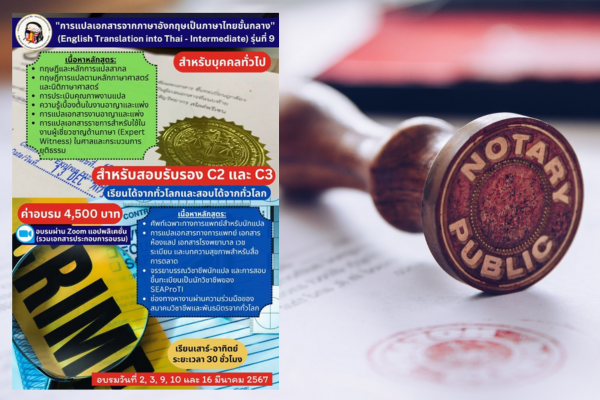Localization in the World of Translation: Importance, Process, and Best Practices
14 May 2025, Bangkok – In today’s globalized world, cross-linguistic and cross-cultural communication has become a crucial factor for business success. Localization, or the adaptation of content to suit local contexts, plays a vital role in helping organizations effectively reach target audiences in different countries. This article presents the definition, significance, key processes, and recommended practices of localization, emphasizing that human translation remains the most reliable option for accuracy and cultural depth.
1. Definition of Localization
Localization refers to the process of adapting content, products, or services to meet the needs, expectations, and norms of consumers in the target market. It involves much more than just language translation. It includes writing style, tone, idiomatic expressions, date and time formats, currency, measurement units, colors, symbols, illustrations, and even humor and levels of politeness used in communication.
2. Importance of Localization
Proper localization allows businesses to enter new markets smoothly, build credibility, and minimize the risk of miscommunication or cultural insensitivity that may offend local consumers.
3. Key Components of Successful Localization
3.1 Cultural Sensitivity
Translators must understand and respect the beliefs, traditions, and taboos of each society, as well as select appropriate language and imagery.
3.2 Language Expertise
Translation should be conducted by native speakers who possess in-depth knowledge of the cultural context and communication styles of the target society to accurately and naturally convey the intended message.
3.3 Content Adaptation
Visual elements, layout, color schemes, characters, and symbols may require adjustments to ensure they align with local cultural norms and expectations.
4. Limitations of Machine Translation
Although machine translation technology continues to advance, it cannot fully replace human translators when it comes to deep contextual and cultural understanding. Relying solely on automated translation tools can result in inaccuracies and inappropriate communication.
5. Recommendations
Organizations aiming to expand into international markets should engage localization professionals with industry experience and thorough cultural knowledge of the target country. This ensures the organization’s message remains accurate, effective, and well-received by local audiences.
Conclusion
Localization goes beyond language translation; it is a strategic process to ensure that content aligns with the cultural context and expectations of consumers in each target country. Investing in this process with expert human translation services can significantly enhance global market access and promote sustainable success.
SEAProTI’s certified translators, translation certification providers, and certified interpreters:
The Southeast Asian Association of Professional Translators and Interpreters (SEAProTI) has officially announced the criteria and qualifications for individuals to register as “Certified Translators,” “Translation Certification Providers,” and “Certified Interpreters” under the association’s regulations. These guidelines are detailed in Sections 9 and 10 of the Royal Thai Government Gazette, issued by the Secretariat of the Cabinet under the Office of the Prime Minister of the Kingdom of Thailand, dated July 25, 2024, Volume 141, Part 66 Ng, Page 100.
To read the full publication, visit: the Royal Thai Government Gazette
Localization ในโลกของการแปล: ความสำคัญ กระบวนการ และแนวปฏิบัติที่เป็นเลิศ
14 พฤษภาคม 2568, กรุงเทพมหานคร – ในยุคโลกาภิวัตน์ การสื่อสารข้ามภาษาและวัฒนธรรมกลายเป็นปัจจัยสำคัญของความสำเร็จทางธุรกิจ Localization หรือ การปรับเนื้อหาให้เหมาะสมกับท้องถิ่น จึงมีบทบาทอย่างยิ่งในการช่วยให้องค์กรสามารถเข้าถึงกลุ่มเป้าหมายในแต่ละประเทศได้อย่างมีประสิทธิภาพ บทความนี้นำเสนอความหมายของ Localization ความสำคัญ กระบวนการหลัก และแนวปฏิบัติที่ควรพิจารณา โดยเน้นย้ำว่าการใช้บริการแปลโดยมนุษย์ยังคงเป็นทางเลือกที่ดีที่สุดในการรักษาความถูกต้องและความลึกซึ้งทางวัฒนธรรม
1. ความหมายของ Localization
Localization หมายถึง กระบวนการปรับเนื้อหา ผลิตภัณฑ์ หรือบริการ ให้เข้ากับความต้องการ ความคาดหวัง และบรรทัดฐานของผู้บริโภคในพื้นที่เป้าหมาย ซึ่งไม่ได้จำกัดเฉพาะการแปลภาษาเท่านั้น แต่ยังครอบคลุมถึงรูปแบบการเขียน น้ำเสียง การใช้สำนวน วันที่ เวลา สกุลเงิน หน่วยวัด สีสัน สัญลักษณ์ ตลอดจนภาพประกอบ และอารมณ์ขันหรือความสุภาพในการสื่อสาร
2. ความสำคัญของ Localization
การใช้ Localization อย่างถูกต้องช่วยให้ธุรกิจสามารถเจาะตลาดใหม่ได้อย่างราบรื่น สร้างความน่าเชื่อถือ และลดความเสี่ยงในการสื่อสารผิดพลาดหรือกระทบต่อความรู้สึกของผู้บริโภคในพื้นที่นั้น ๆ
3. องค์ประกอบหลักของ Localization ที่ประสบความสำเร็จ
3.1 ความละเอียดอ่อนทางวัฒนธรรม (Cultural Sensitivity)
ผู้แปลต้องเข้าใจและเคารพความเชื่อ ประเพณี และข้อห้ามของแต่ละสังคม รวมถึงการเลือกใช้ถ้อยคำหรือภาพที่เหมาะสม
3.2 ความเชี่ยวชาญทางภาษา (Language Expertise)
การแปลควรดำเนินการโดยนักแปลเจ้าของภาษา (Native Speaker) ที่เข้าใจบริบท วัฒนธรรม และรูปแบบการสื่อสารในสังคมนั้น ๆ เพื่อถ่ายทอดความหมายได้อย่างแม่นยำและเป็นธรรมชาติ
3.3 การปรับเนื้อหาและภาพประกอบ (Content Adaptation)
ภาพประกอบ รูปแบบการจัดวางเนื้อหา สี หรือแม้แต่ตัวการ์ตูนและสัญลักษณ์ อาจต้องเปลี่ยนแปลงเพื่อให้สอดคล้องกับวัฒนธรรมท้องถิ่น
4. ข้อจำกัดของการแปลด้วยเครื่อง (Machine Translation)
แม้เทคโนโลยีการแปลด้วยเครื่องจะพัฒนาอย่างต่อเนื่อง แต่ยังไม่สามารถแทนที่นักแปลมนุษย์ได้ในการแปลที่ต้องอาศัยความเข้าใจเชิงลึกและการตีความบริบททางวัฒนธรรมอย่างถูกต้อง การใช้เครื่องมือแปลเพียงอย่างเดียวอาจนำไปสู่ความผิดพลาดหรือการสื่อสารที่ไม่เหมาะสม
5. ข้อเสนอแนะ
องค์กรที่ต้องการเข้าสู่ตลาดต่างประเทศควรเลือกใช้บริการ Localization จากผู้เชี่ยวชาญที่มีประสบการณ์ในอุตสาหกรรมและมีความรู้ด้านวัฒนธรรมของประเทศเป้าหมายอย่างแท้จริง เพื่อให้ข้อความขององค์กรมีความถูกต้อง สื่อสารได้อย่างมีประสิทธิภาพ และได้รับการยอมรับจากผู้บริโภคในพื้นที่เป้าหมาย
บทสรุป
Localization เป็นมากกว่าการแปลภาษา แต่เป็นกระบวนการที่ช่วยให้เนื้อหาสอดคล้องกับบริบททางวัฒนธรรมและความคาดหวังของผู้บริโภคในแต่ละประเทศ การลงทุนในกระบวนการนี้ด้วยบริการแปลจากมนุษย์ที่มีความเชี่ยวชาญจะช่วยเพิ่มโอกาสในการเข้าถึงตลาดโลกได้อย่างมีประสิทธิภาพและยั่งยืน
เกี่ยวกับนักแปลรับรอง ผู้รับรองการแปล และล่ามรับรองของสมาคมวิชาชีพนักแปลและล่ามแห่งเอเชียตะวันออกเฉียงใต้
สมาคมวิชาชีพนักแปลและล่ามแห่งเอเชียตะวันออกเฉียงใต้ (SEAProTI) ได้ประกาศหลักเกณฑ์และคุณสมบัติผู้ที่ขึ้นทะเบียนเป็น “นักแปลรับรอง (Certified Translators) และผู้รับรองการแปล (Translation Certification Providers) และล่ามรับรอง (Certified Interpreters)” ของสมาคม หมวดที่ 9 และหมวดที่ 10 ในราชกิจจานุเบกษา ของสำนักเลขาธิการคณะรัฐมนตรี ในสำนักนายกรัฐมนตรี แห่งราชอาณาจักรไทย ลงวันที่ 25 ก.ค. 2567 เล่มที่ 141 ตอนที่ 66 ง หน้า 100 อ่านฉบับเต็มได้ที่: นักแปลรับรอง ผู้รับรองการแปล และล่ามรับรอง

